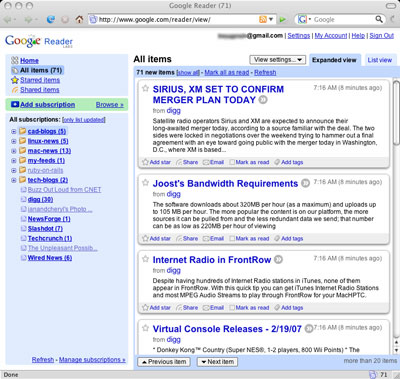This story grabbed my attention because it had my name on it (literally):
'Just Say No: David Harrison wants to replace your Internet' is not about me but my UK-based clone who believes it is about time to say no to ICANN and start a new Internet called Inet. Personally I think what is proposed is a bit of romantic idealism based on the idea that if more power is entrusted to a single, honorable source everything will be better.
I am of the opinion the power corrupts and absolute power corrupts absolutely. So the idea of entrusting all domain name management to a single entity and giving them the right to cancel domain names on the slightest whim seems a lot worse than the purely commercial focused, 'we'll let just about anyone sell any name at any price' attitude of ICANN. Sure it may not be pretty but at least I can go on holiday for a week safe in the knowledge that the Internet mafia that David is proposing we create do not cancel my domain name simply because I could not be contacted within 24 hours...






